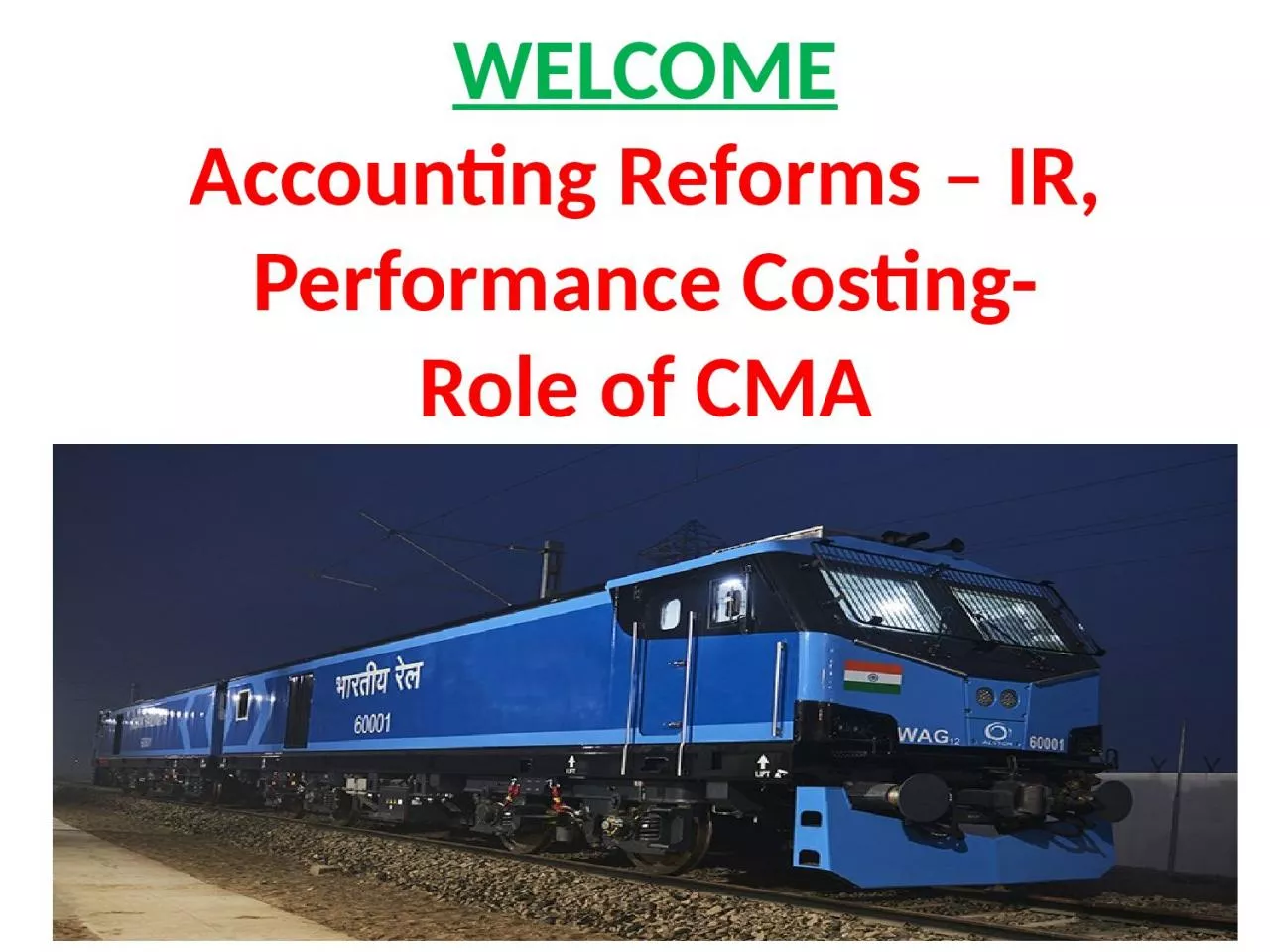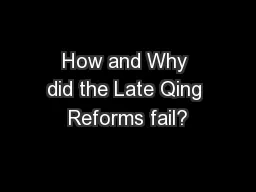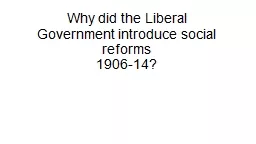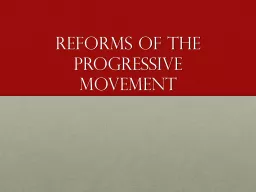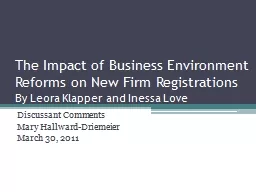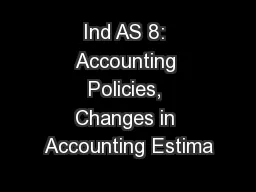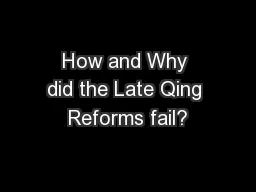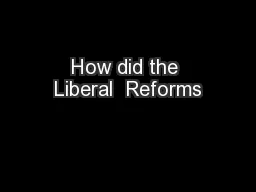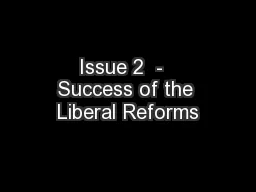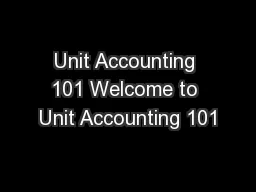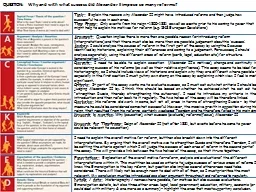PPT-WELCOME Accounting Reforms – IR,
Author : deena | Published Date : 2023-06-23
Performance Costing Role of CMA Overview of Railway Accounts amp Finance Total Receipts Passengers Other Coaching Goods Sundry Misc Receipts Subsidy Safety Surcharge
Presentation Embed Code
Download Presentation
Download Presentation The PPT/PDF document "WELCOME Accounting Reforms – IR," is the property of its rightful owner. Permission is granted to download and print the materials on this website for personal, non-commercial use only, and to display it on your personal computer provided you do not modify the materials and that you retain all copyright notices contained in the materials. By downloading content from our website, you accept the terms of this agreement.
WELCOME Accounting Reforms – IR,: Transcript
Download Rules Of Document
"WELCOME Accounting Reforms – IR,"The content belongs to its owner. You may download and print it for personal use, without modification, and keep all copyright notices. By downloading, you agree to these terms.
Related Documents

